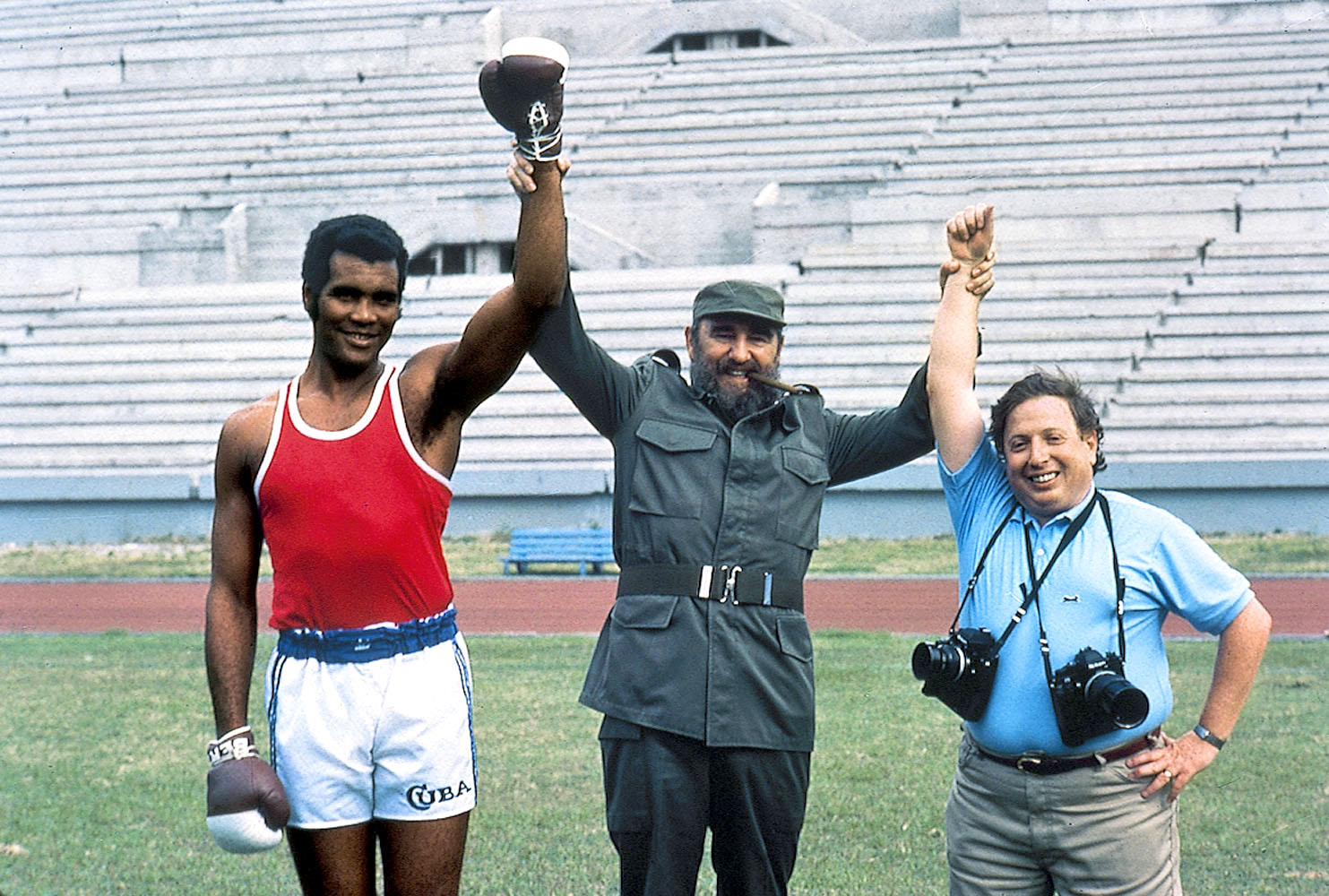
In honor of this year’s London Games, LightBox has retrieved one of TIME’s most-prized portfolios: Neil Leifer’s timeless portraits of athletes created during a year-long project for which the photographer traveled to 13 different countries to create a groundbreaking collection of images that would appear in TIME’s preview of the 1984 Los Angeles Olympics.
It’s hard for modern viewers, accustomed as we are to photo-shopped composite images, to appreciate the effort it took to create the photographs in this essay. Just the logistics of transporting the athletes from their training areas to the picture postcard locations, whether it was the Great Wall of China or the plains of Africa was a challenge. “I proposed photographing athletes around the world in front of the picture postcard image of their nation—an Egyptian at the Pyramids, a Russian at Red Square, Indian athletes at the Taj Mahal,” Leifer said. “[Then-managing editor] Ray Cave just looked at me like I was crazy. He said, ‘do you know how much that’s going to cost me?’”
(For daily coverage of the 2012 Games, visit TIME’s Olympics blog)
But a few days later, Cave gave the go ahead for Leifer to spend a year traveling from continent to continent for this unprecedented photographic quest. “It could have been done at a fraction of the cost,” says Leifer. “We could have had TIME’s bureaus get the best athlete in each country and then have good local photographers do this. But you don’t get a continuity of approach that you’d get with one photographer.”
So with as much secrecy as possible to prevent the competition from catching on, Leifer and his assistant Anthony Suarez, started their journey. In those pre-internet, pre-email days, the magazine had a vast global network of more than two dozen bureaus to help wrangle athletes in each country and to cope with visas—no easy feat in a period when there were inherent political sensitivities in negotiating with countries like the Soviet Union or East Germany while an Olympic boycott brewing.
“It took weeks to set up each shoot,” says Leifer. “And there’s not a single one of these
pictures where I use any artificial lighting.” Leifer says he spent days at the Parthenon figuring out how to get the best light to get the image ofworld champion in javelin, Sophia Sakorafa of Greece standing on a broken column, javelin raised in front of the ancient ruins. “I wanted her to look like she was on a Greek urn.” And so she did—without a bit of digital help.
“Today you could do half this thing on the computer,” Leifer explains. “You would take a Japanese gymnast and get rid of the background and put Mount Fuji there.” Instead, to get the shot of gymnast Koji Gushiken in front of that famous white peak, Leifer had bring a cherry picker to the perfect spot and get a crew to hang the rings from the top. And finally, convince a nationally-prized athlete to mount that unusual apparatus and pose.
For the cover photo of American track star Carl Lewis jumping in front of the Statue of Liberty, Leifer hired a tugboat to take Lewis out into New York harbor. “Sure, maybe you could have photographed Carl on a trampoline in a studio and maybe it would have been more perfect, but the fun was doing it live and being there,” he says. And it is true that there is some unquantifiable about seeing these athletes actually in front of landmarks that so define their nation. It’s something a studio shot can’t match.
The most resounding no he got as far locations were concerned was from the then-communist government of East Germany which refused to let him photograph swimmer Kristin Otto in front of the Berlin Wall—a sore subject in 1983, just four years before president Ronald Reagan demanded that Russian leader Gorbachev “tear down this wall.” So instead, we see Otto in front of the soot-covered columns of Germany’s Tomb of the Unknown Soldier.
The result of Leifer’s efforts is a time capsule, not just because of all that has happened in the nearly 30 years since these images were taken—from the fall of the Soviet Bloc to the rise of China as a global superpower—but because projects of this scope, time frame and cost are even more rare than they were then.
Leifer, who will be 70-years-old in December, pivoted away from still photography in the late 90s (after racking up more than 200 cover images for TIME and Sports Illustrated), and is now focused on documentary filmmaking. But he will be back on the Olympic beat at the 2012 games in London with an on-site studio fromwhich he’ll make portraits of this year’s Olympians for NBC and Sports Illustrated.
Neil Leifer was a staff photographer with TIME, Life and Sports Illustrated. See more of his work, both in film and photography, on his website.
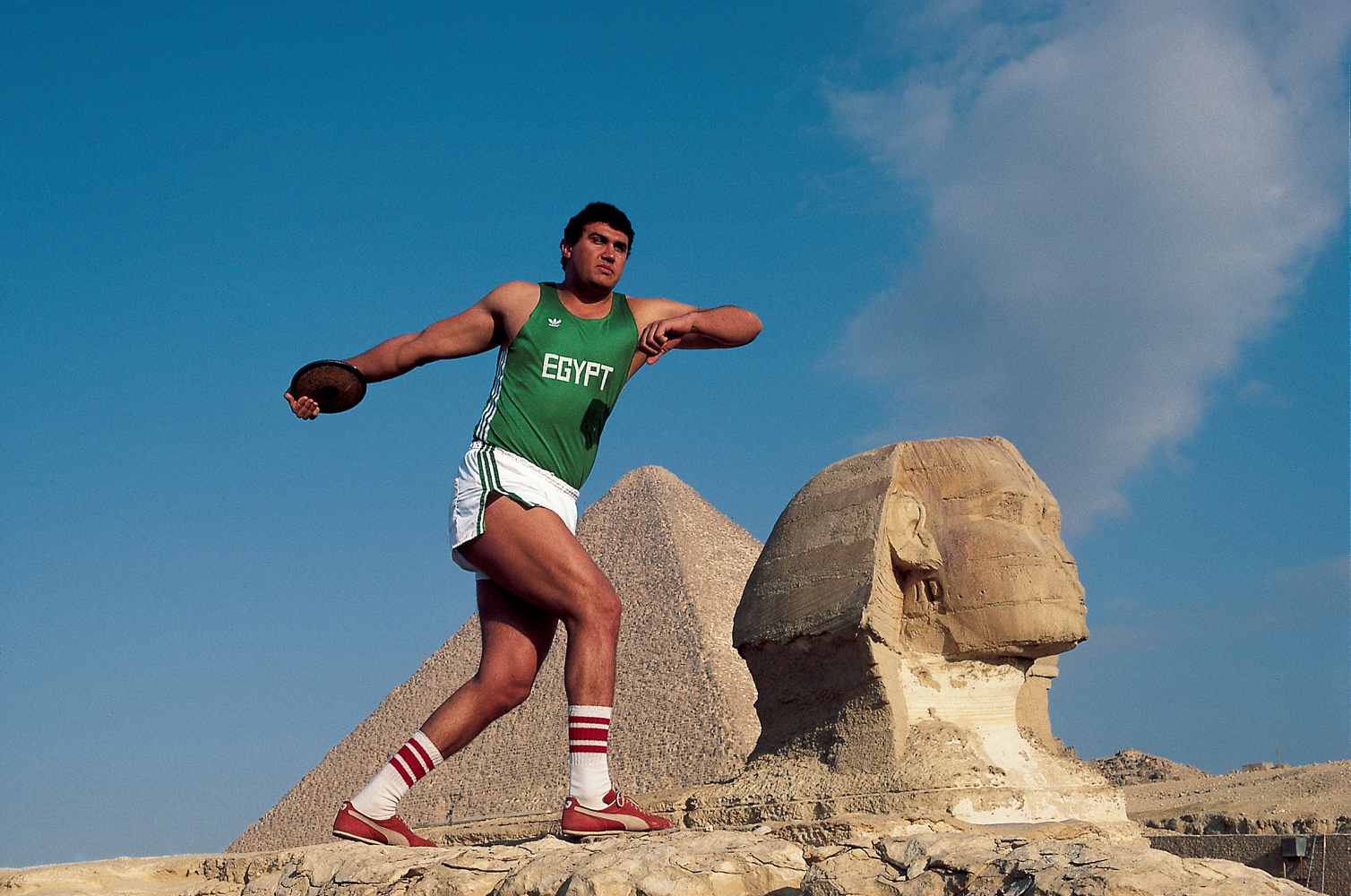
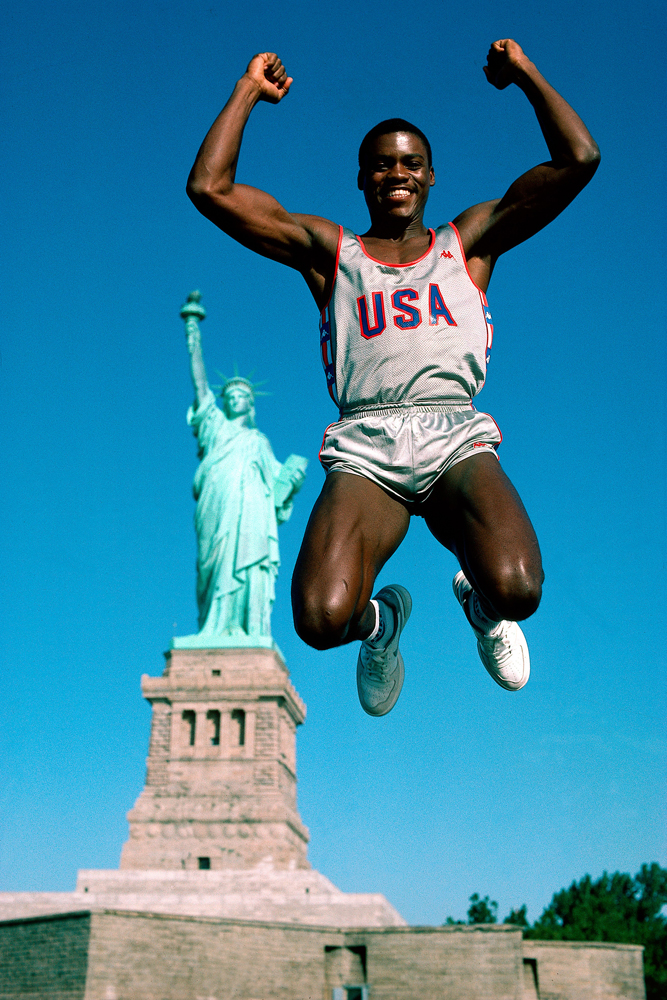



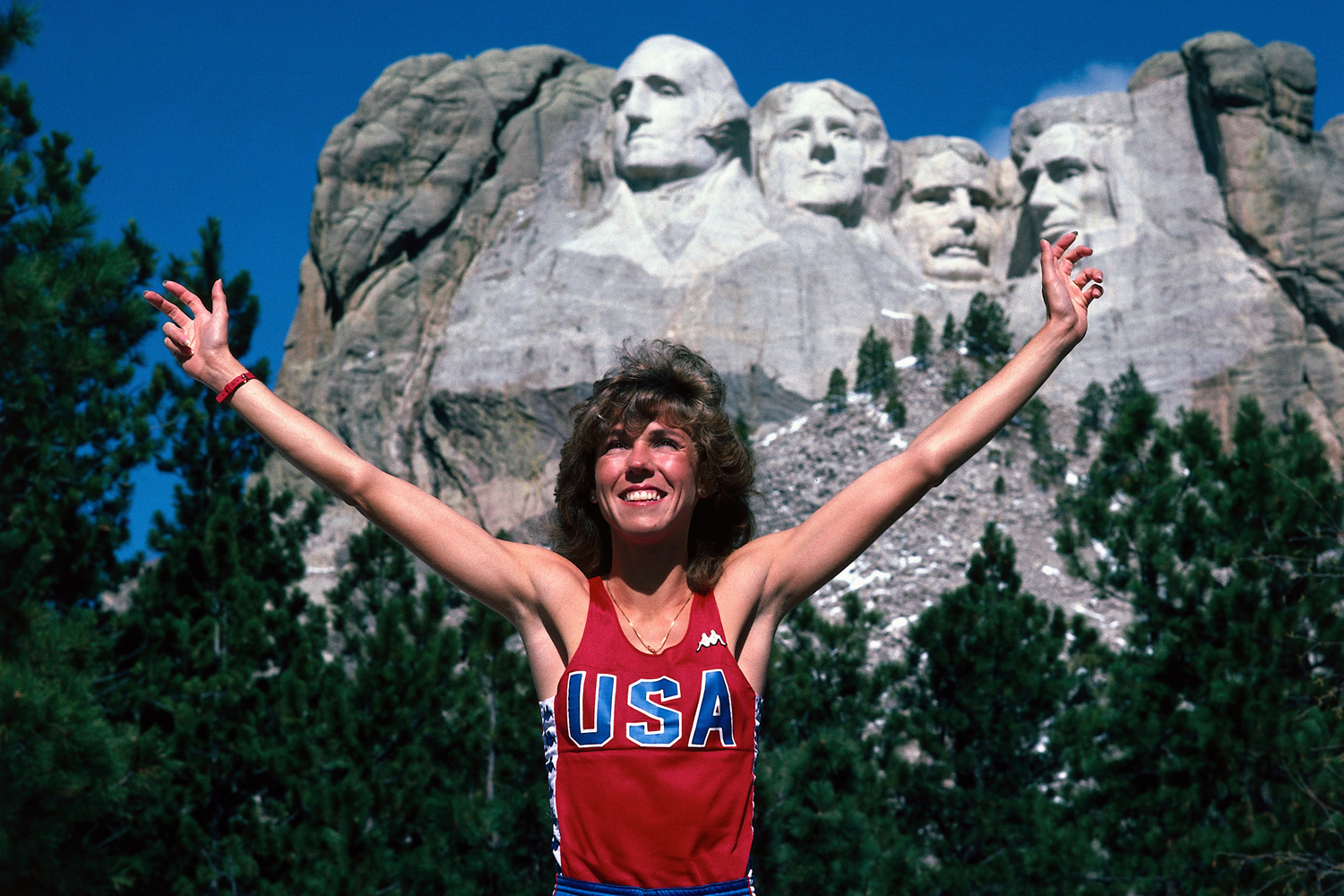

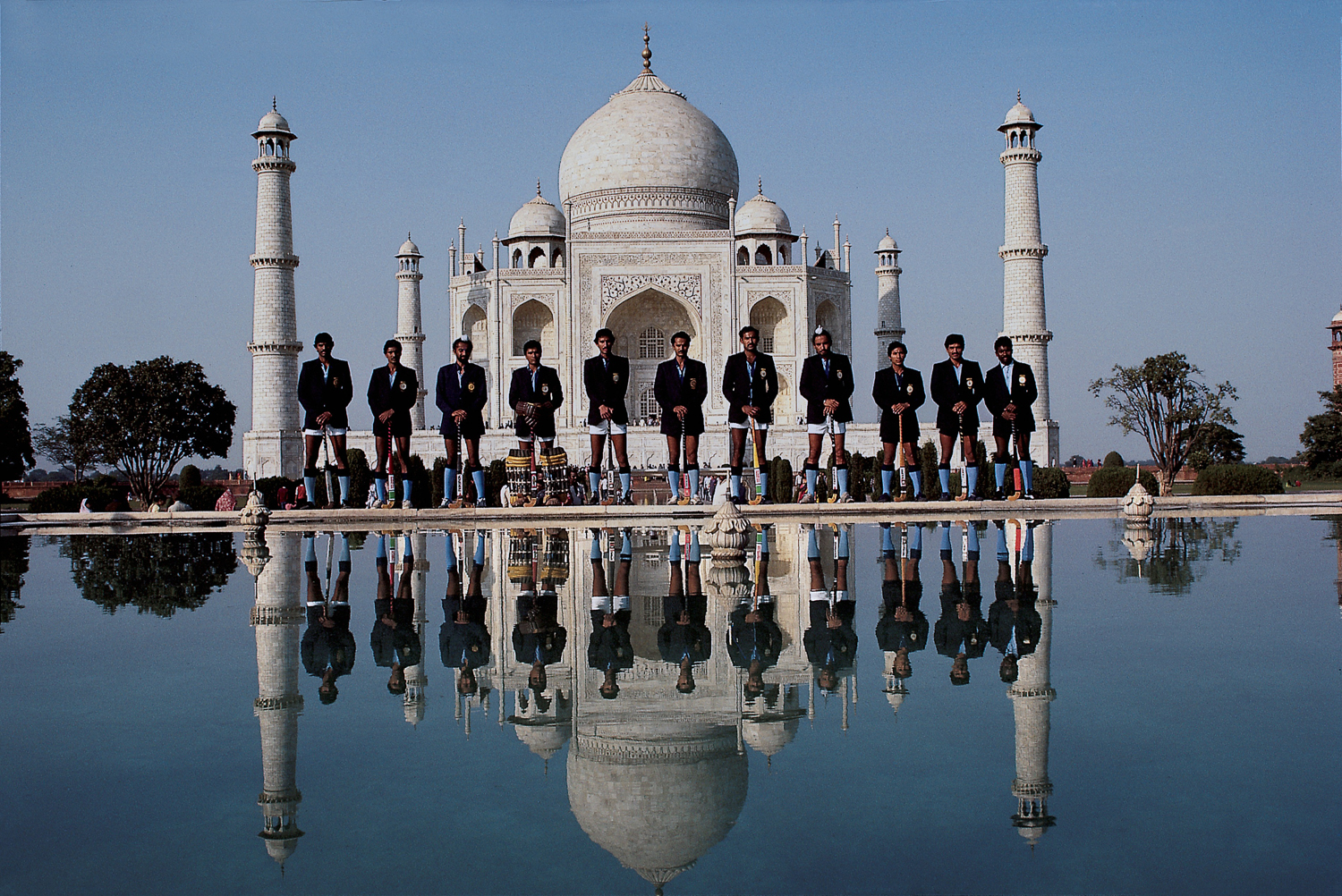


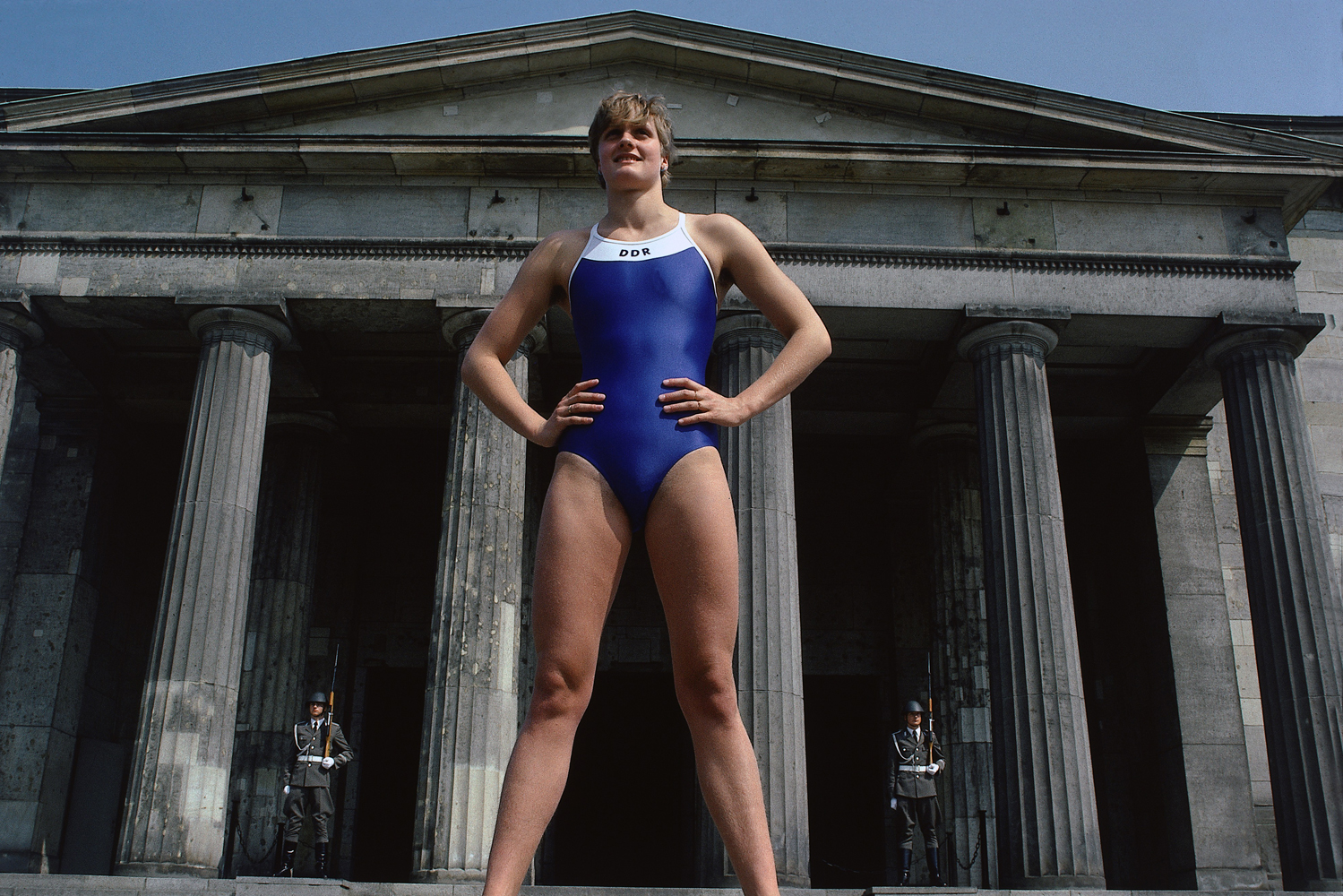


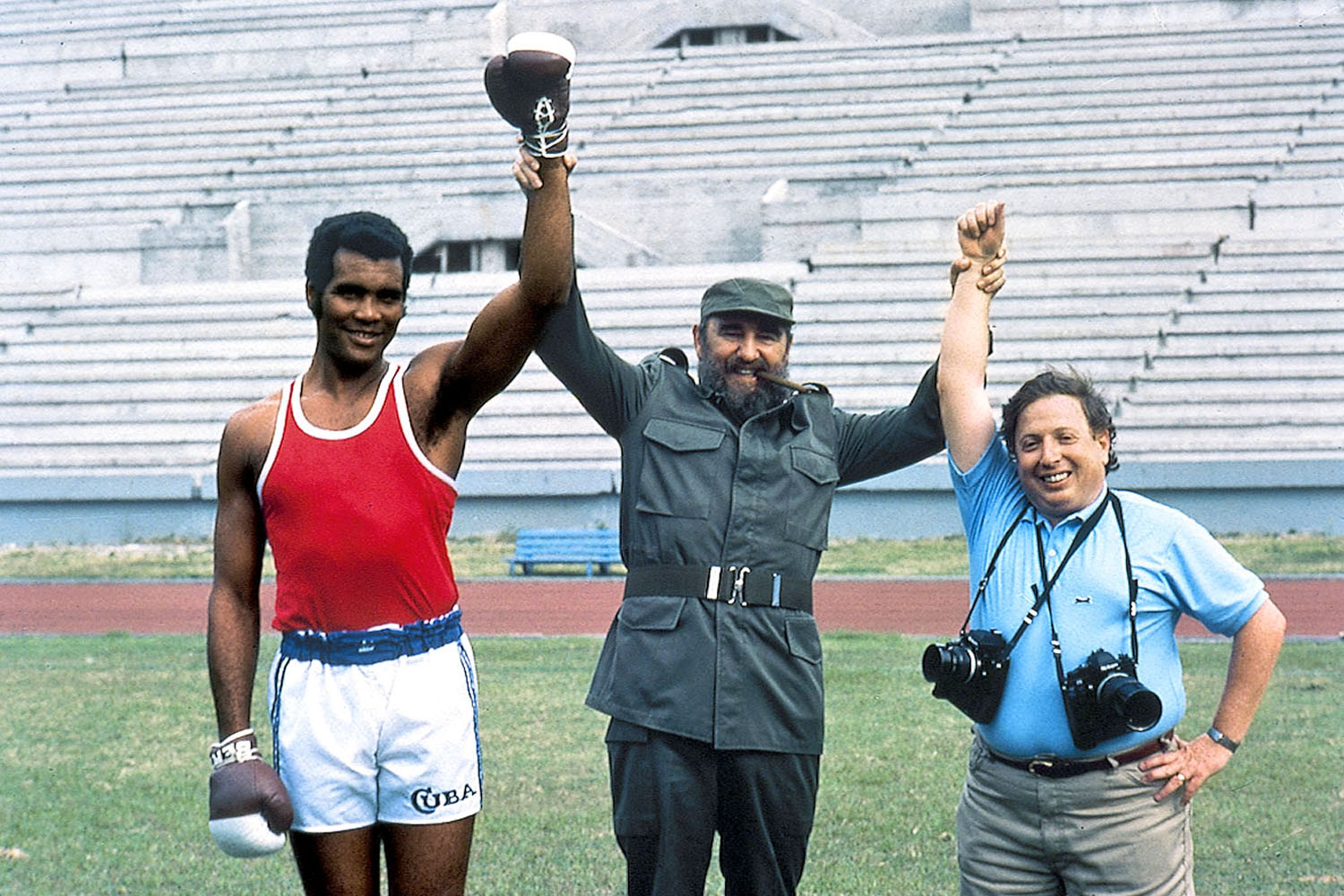
More Must-Reads from TIME
- Donald Trump Is TIME's 2024 Person of the Year
- Why We Chose Trump as Person of the Year
- Is Intermittent Fasting Good or Bad for You?
- The 100 Must-Read Books of 2024
- The 20 Best Christmas TV Episodes
- Column: If Optimism Feels Ridiculous Now, Try Hope
- The Future of Climate Action Is Trade Policy
- Merle Bombardieri Is Helping People Make the Baby Decision
Contact us at letters@time.com